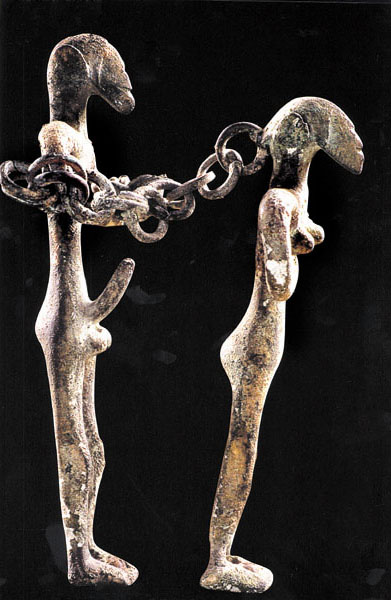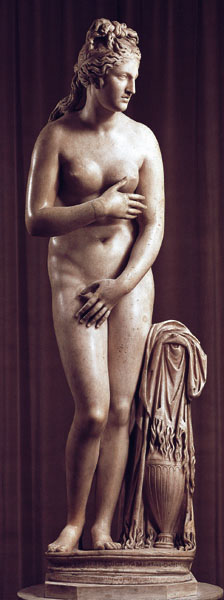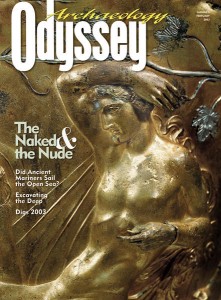Naked and the Nude
Erotic images in the near eastern and Greco-Roman worlds


What is the difference between the Near Eastern focus on female nudity, almost to the point of vulgarity, and the ‘Pompeian style’ of vulgar male nudity? Why did one civilization produce nude representations of women (almost exclusively) and the other nude representations of men (almost exclusively)?”
This question was put to me by the editors of Archaeology Odyssey—along with another, related question. In the September/October 2001 issue, the magazine had run a feature story called “Eros in Egypt,” written by New York University scholar David O’Connor. The article was largely about “concealed” erotic imagery in Egyptian art. But O’Connor also discussed a 3,000-year-old Egyptian papyrus containing explicit cartoon-like images of a man and woman copulating. To illustrate the article, Archaeology Odyssey included a reconstruction drawing of the badly fragmented papyrus. The images on this drawing precipitated a deluge of (mostly angry) letters—and so the editors turned to me: Why the uproar? And why the differences in the ancient world regarding taboo images of female as opposed to male nudity?
Already a library member? Log in here.
Institution user? Log in with your IP address.

